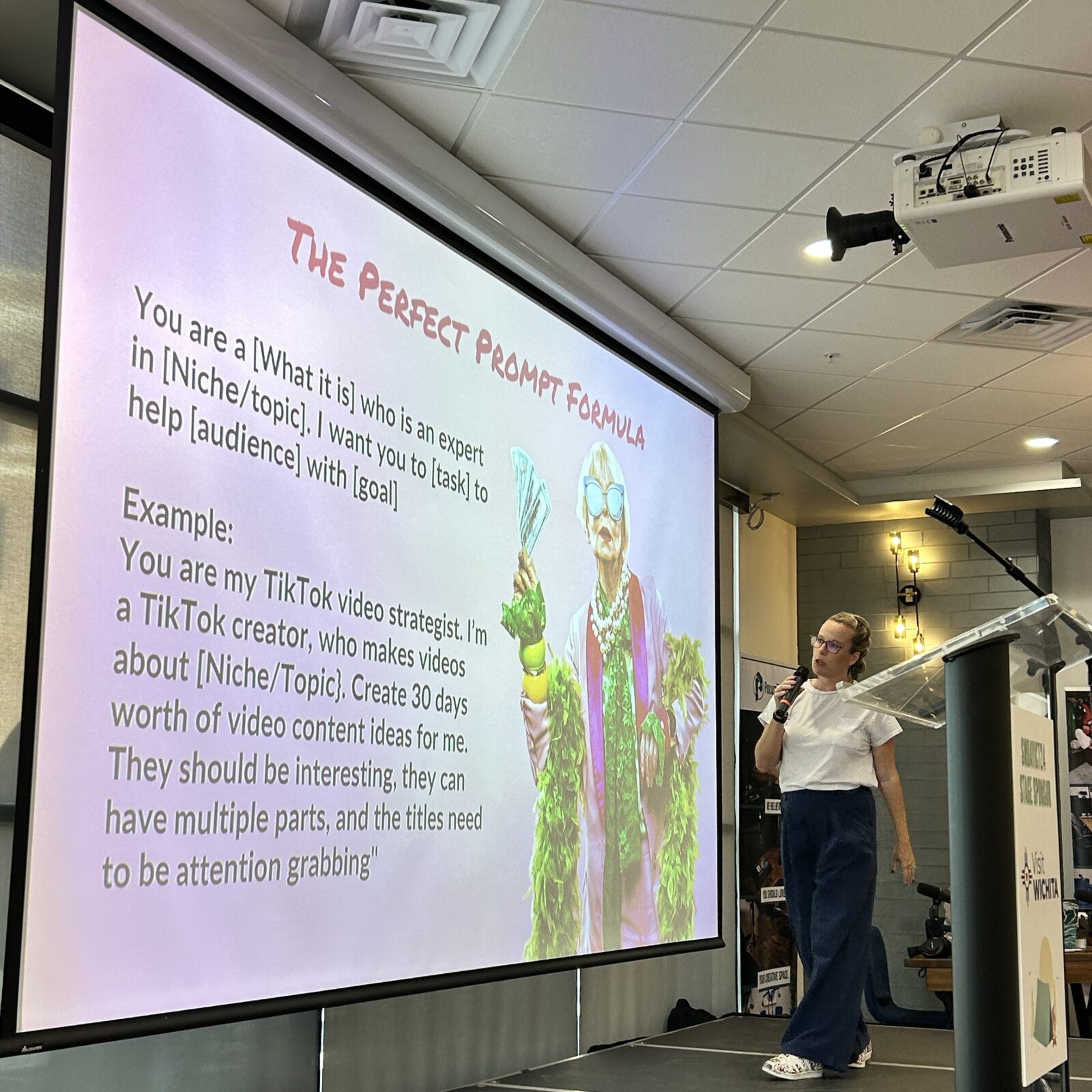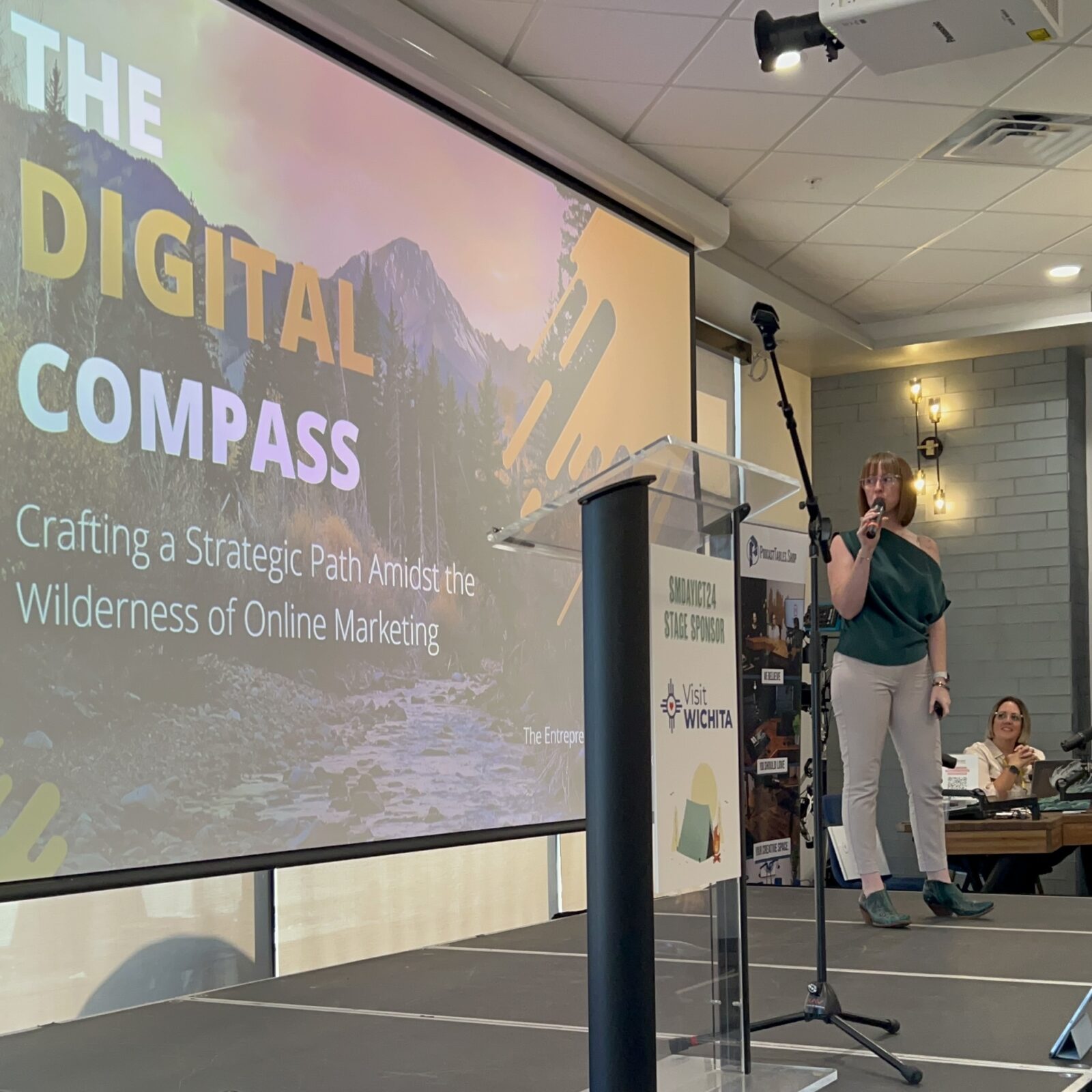Why Paying Attention to the Media Is a Good Thing
Aviation public relations is a lot like flying an aircraft. Much of the time it’s routine. You go down your checklist. Gather your facts. Craft your message. Secure necessary approvals. Release, monitor and respond as needed. Other times, like a pilot experiencing system failure or avoiding a midair collision, crisis hits and demands decisive, immediate action to ensure aviation reporters have what they need. Fast and right.
Recurrent Training for Your Aviation PR
Pilots keep their skills sharp. Likewise, if you’re responsible for your company’s aviation PR, it could be time to brush up on your approach. Many potential media challenges can be safely avoided with recurrent training, quality maintenance and relevant experience.
Start with reminding yourself (and your CEO) why media in aviation matters and deserves your attention. What the aviation press says about you carries more weight than what you say about yourself. You are biased. Good reporters and reputable outlets are not. So, while they might not parrot the corporate messaging you’ve painstakingly crafted and pushed out in your press release, they give you something much more valuable: an objective, third-party account. They add value simply by deeming your news worthy of coverage.
Operate Your Media Program By the Book
Use your tools to maximum advantage. Issue press releases that truly warrant coverage from the aviation press. Repetitive trivial releases train reporters to tune you out, so they may not notice when you have legitimate news. Communicate all the key points about your product/service/issue, including contact information so the media can follow up (even after hours), and links for high-quality, downloadable images. Call press conferences to frame an issue, make an important announcement or respond to multiple aviation media members at once and in person. It gives the media a visual opportunity, a must if you want TV/YouTube/streaming coverage. Provide a media kit with relevant press releases, backgrounders, logos, photos/graphics and additional contact information.
Conduct media tours even if you have no pressing announcement. It’s good to establish and/or build relationships before they get tested. Pitch aviation-issue-driven editorials, opinion pieces and Q&A from key members of your management team. Know the publication well enough to suggest specific ideas to their aviation and business audiences.
Maintain Situational Awareness
Proactively think through situations that might arise and what you want to convey. Give careful consideration to what those messages are well ahead of time. Think ahead. A SWOT (strengths, weaknesses, opportunities, threats) analysis provides a useful framework for message development. Stay in front of the news so you’re not always in reaction mode. Unless you just love drama and running around with your hair aflame.
Think visually. Photography is an area where advance efforts can save the day. Have high resolution, publication-ready head-and-shoulder shots of each member of your management team. Similarly, have good product/service photography and video footage at your fingertips. Images and infographics increase readership digitally and in print. Assume the first place people will consume your news is on their mobile device, so ensure any visual assets are easy to view or read for that size.
Aviation Press Interviews
Practice your possible talking points before you find yourself in front of the camera. Methodically promote the issues and messages that are important to you. Public relations in the aviation industry is never one and done. It’s ongoing, like sales. Keep close to your contacts. Understand what topics and issues interest them and tailor your pitches accordingly. Always be forthright, honest and courteous in your interactions. Treat reporters as you like to be treated. That includes returning their calls and emails quickly.
Make Time for Reporters
You don’t just engage in aviation public relations when you have time for it. When reporters reach out, you make time – or let them know when you can give their request your full attention. Ask what they need and when they need it. If you require more time to collect what they’re looking for, see if there’s any flexibility in their deadline. Adjust your schedule as necessary to allow you to deliver.
Recognize that the aviation media have a job to do. They will do that job with or without your help, but you can play a tremendous supporting role if you approach them with timely, accurate information and insights that put the news in context. It’s never wise to just say “no comment.” Even when you can’t add substantive information, you’re far better off talking about what you can comment on and saying that you will provide more information later as it becomes available.
Just as pilots listen to the radio rather than solely focusing on their own conversation with the tower, you need to maintain situational awareness. Know what’s going on in your industry, with your customers – and your competitors. Frame your news and provide context whenever possible.
Expect reporters to ask the hard questions. Conversely, you can ask questions, too. Inquire how information will be used. Ask reporters to reiterate and confirm key points. Clarify any areas where you think there could be misunderstandings.
Avoiding Negative Outcomes
Avoid a negative run-in with an aviation reporter by working to operate clear of issues that can bring you down. And remember, it’s considered bad pilot practice to fly below low clouds – scud running – as it increases the chance of hitting terrain. Similarly, don’t try to fly below the radar where you’re likely to get into trouble. Operate ethically and professionally.
Naturally, you can reduce your risk, but not avoid danger completely. Most communicators consider live, on-air interviews their most white-knuckle media experience. Practice helps you get over this discomfort and improve your performance. Role-play potential questions and answers beforehand. You can do this in front of a mirror at home as you’re getting ready. Just be sure to verbally speak your answers rather than just saying it in your head (where you’re always eloquent). Even better, record your efforts so you can replay and critique yourself. It’s easier than ever now with a smartphone or tablet always close at hand.
Trust Your Instincts
How you say something is as important as what you say. Be caring, personable and human. Don’t talk in generalities or simply say that you are excited about something. Say why. Illustrate your points with brief, interesting anecdotes. The aviation media must reduce complex issues into simple stories. Help them do their job. And they’ll keep coming back to you as a trusted source.
When Video Camera Rolls:
Smile and Remember These Tips
Determine your key message. Always make important points first. Anticipate questions and practice your answers. Plan a few bridging techniques to ensure delivery of key points.
Be brief and concise. Never say, “No comment.” Feel free to say, “I don’t know.” Avoid industry jargon or acronyms.
Summarize your position. Rephrase questions positively. Think out your answer before responding. Avoid commenting about a competitor.
Look at the interviewer, not the camera. Wear conservative, solid-color clothes. Check your appearance in a mirror or monitor. Don’t place a desk between you and the interviewer.
Be open, relaxed and honest. Deal in facts, not hypotheticals. Insist reporters source any allegations. Understand the ground rules before starting the interview.
Don’t let silence intimidate you. Say what you have to say, then stop. If you blow an answer, stop and restate it. Consider everything you say as on the record.
Know reporters’ deadlines. Call back, if needed, to clarify points. Protect a reporter’s exclusivity rights to a story. Practice the sundown rule. Call back by day’s end.


